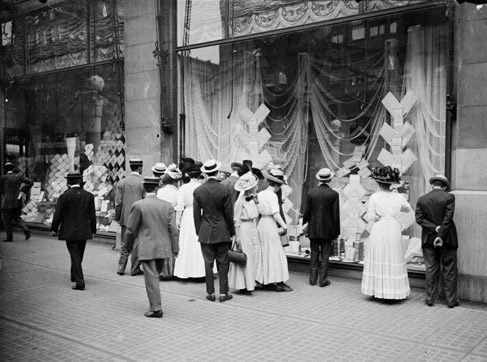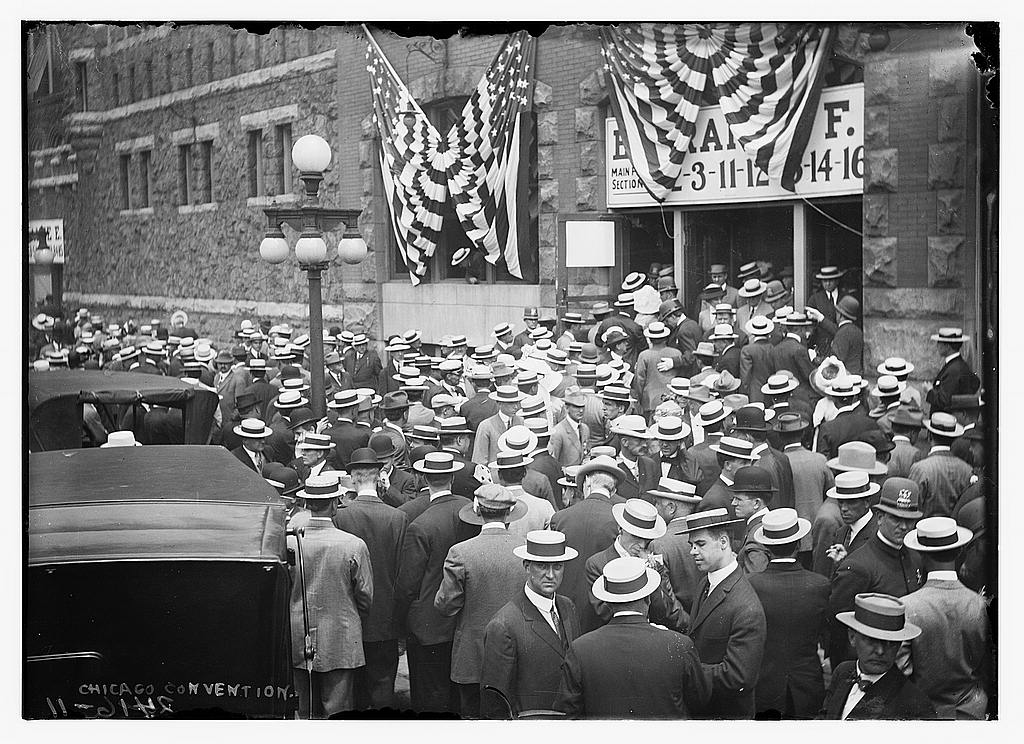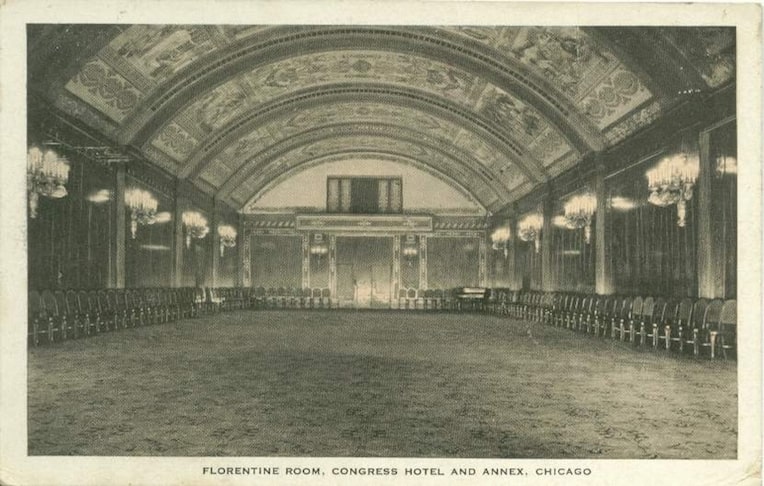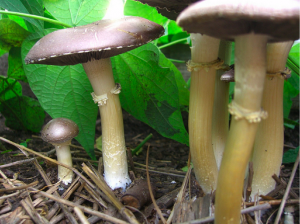 This week marks the last scare of frost for the Chicago farmers. Soon you will see community gardens blooming city-wide as urbanites work to keep Chicago true to its motto Urbs in Horto, or City in a Garden. Gardens, especially community gardens, hold a place in Chicago’s history. Today, community gardens blanket Chicago’s neighborhoods, often to fill the voids of blight and food deserts.
This week marks the last scare of frost for the Chicago farmers. Soon you will see community gardens blooming city-wide as urbanites work to keep Chicago true to its motto Urbs in Horto, or City in a Garden. Gardens, especially community gardens, hold a place in Chicago’s history. Today, community gardens blanket Chicago’s neighborhoods, often to fill the voids of blight and food deserts.
A Ghost in the Archives
In the Chicago Archives, I searched for any record of the vast practice. Though they are out there, the records are difficult to search. The concept of the community garden is so simple; the words to name it don’t fit into a search code. The earliest name I could find for it in the Chicago Archives was vacant lot gardening as a project of 19th century settlement houses and charity workers to cultivate the slums. The communal garden gives beauty to barren space, supplemental food, and a connection to a community.
Then I thought of the Victory Gardens. Commonly associated with WWII, the campaign actually began during the Great War. It caught on late in WWI, however, and was poorly organized, so gardens were rarely fruitful. After a stint in the thirties as a relief effort for unemployed, the system of communal gardening was perfected for the Second World War.
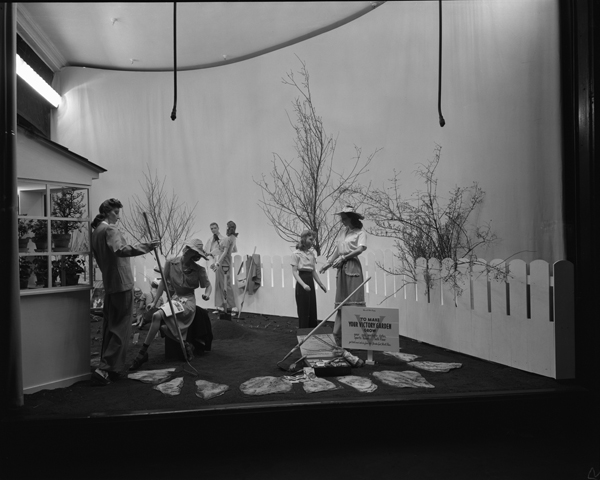
Gardening to Victory in WWII
During the 1940s, Chicago led the way in Victory Gardens. Not only did it have so much to offer geographically by way of vacant lots, but also socially with a surplus of undernourished working class. In addition, Chicago was the first to register Victory Gardens. Sometimes supplies like seeds and simple tools were given for a small fee. I found many pamphlets, almost almanacs for the Chicago gardener, explaining rules like the last frost and crop recommendations. Chicago encouraged Victory Gardens in every way—even glamorizing them in a Marshall Field’s window display as pictured above. Hard to imagine such a display when we lead guests there during the Loop Interior Architecture Walking Tour.

Community Gardens Today
Today urban gardens combat a less direct enemy. On a late afternoon, I enjoy a stroll through the Altgeld Sawyer Corner Farm in the Logan Square neighborhood. This spring will begin their fourth growing season in collaboration with the Christopher House, whose pantry receives half the farm’s harvest. The other half goes to those who work the garden collaboratively—as opposed to being divided into lots as some gardens do. Even if you don’t have the time to help out, it makes for a lovely place to visit. By giving beauty, growing food, and building community, Chicago gardens like the Altgeld Sawyer Corner Farm continue to accomplish victory after victory.
~Elizabeth S. Tieri: Tour Guide

